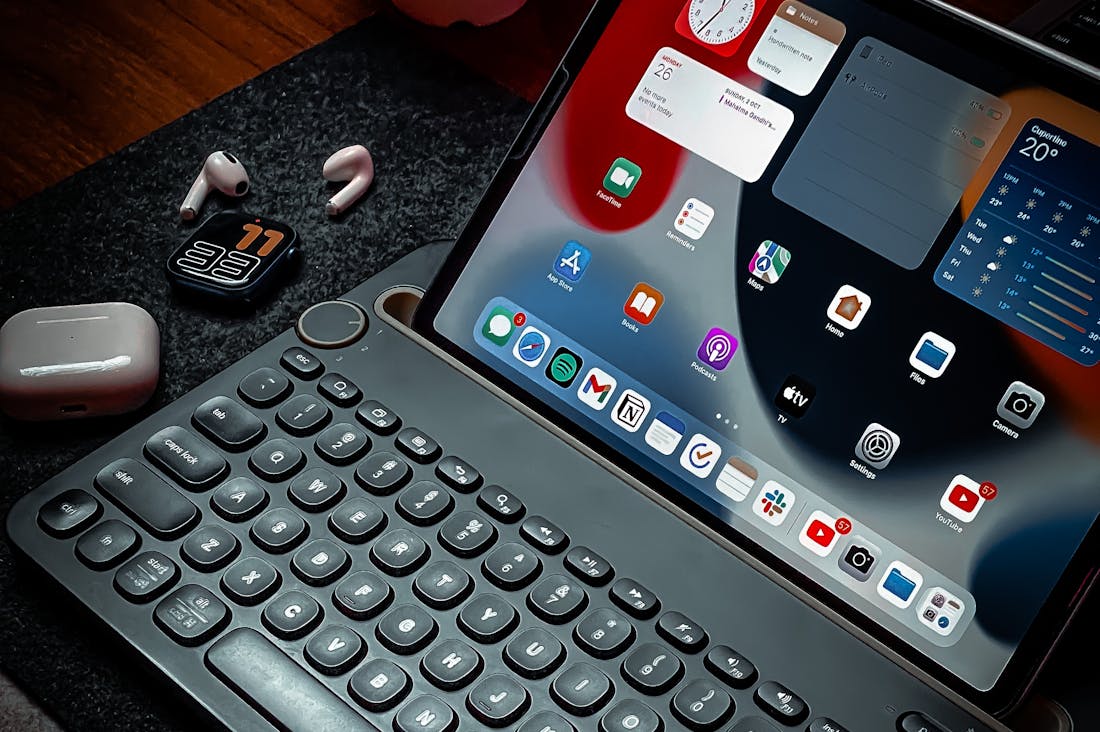In today's rapidly evolving world, the intersection of technology and lifestyle is reshaping our daily experiences, pushing us toward a new era of smart living. From smart homes equipped with advanced automation systems to wearable devices that monitor our health, technology is seamlessly integrating into our routines, enhancing convenience, efficiency, and comfort. By embracing these innovations, we can cultivate a lifestyle that not only simplifies our tasks but also promotes sustainability and well-being. This exploration delves into how we can harness technology to create a balanced and fulfilling life, paving the way for a future where smart living becomes the norm.

Understanding Smart Home Technologies
Understanding smart home technologies involves grasping how interconnected devices enhance convenience, security, and energy efficiency in our daily lives. At the core of these systems are platforms that allow various devices—such as smart thermostats, security cameras, lighting, and appliances—to communicate with one another through the Internet. Users can control these devices remotely via smartphones or voice assistants, enabling tasks like adjusting temperatures or monitoring home security from anywhere. Additionally, smart home technologies often employ artificial intelligence to learn user preferences and automate routines, making homes more responsive to inhabitants' needs. However, it’s essential to acknowledge concerns related to privacy, security vulnerabilities, and compatibility issues, ensuring that users are informed about both the benefits and potential risks involved in adopting such technologies. As the market evolves, ongoing education and adaptation will be key to maximizing the advantages of smart home ecosystems.

Leveraging Apps for a Better Life
In today’s fast-paced world, leveraging apps has become essential for enhancing our daily lives and maximizing productivity. Mobile applications cater to a myriad of needs, from fitness tracking and meal planning to budget management and mental wellness. For instance, fitness apps can help users set and achieve health goals by offering customized workout routines and nutritional advice, while productivity apps can streamline tasks with reminders and collaboration tools. Additionally, meditation apps provide essential mental health support, guiding users through mindfulness techniques that promote relaxation and focus. By strategically integrating these technologies into our routines, we can cultivate a more organized, healthier, and fulfilling lifestyle.

Balancing Technology Use and Well-being
In today's fast-paced digital world, balancing technology use and well-being has become increasingly important. As we immerse ourselves in smartphones, social media, and various online platforms, the potential for overstimulation and distraction grows, impacting our mental health and interpersonal relationships. To cultivate a healthy tech-life balance, it is essential to set boundaries around screen time, ensuring we allocate moments for face-to-face interactions and self-care practices. Engaging in activities such as meditation, exercise, or spending time in nature can counterbalance the effects of excessive technology usage. By being mindful of our digital consumption, we can enhance our overall well-being while still enjoying the benefits that technology offers.
AI-Assisted Content Disclaimer
This article was created with AI assistance and reviewed by a human for accuracy and clarity.